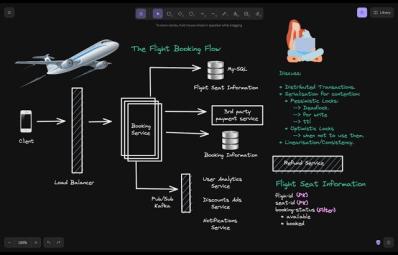Posted At: Feb 26, 2025 - 176 Views

Introduction
Risk analysis is a crucial element in capital budgeting, enabling companies to make informed investment decisions amid financial uncertainties. This paper explores various risk factors affecting capital budgeting, including market risk premium, beta, and risk-free rates, and discusses mitigation strategies such as capital structure optimization and effective investment decisions.
This paper provides in-depth calculations for determining the cost of debt, preferred stock, and common stock, alongside the Weighted Average Cost of Capital (WACC), using real-world financial data. Additionally, we analyze investment options through Net Present Value (NPV), Internal Rate of Return (IRR), Payback Period, and Profitability Index (PI).
🚀 Download the Full Paper (PDF): Click Here
Key Highlights
1. Understanding Risk in Capital Budgeting
Investment decisions carry three major risk types:
- Standalone Risk – Risks affecting a single project independently.
- Market/Economic Risk – External factors such as inflation, interest rates, and economic downturns.
- Project-Specific Risk – Internal risks like technical difficulties, regulatory changes, and supply chain issues.
📌 Example: Sensitivity and scenario analyses help assess a project’s financial feasibility under different economic conditions.
2. Calculating Cost of Capital
- Cost of Debt (After-Tax): 6.75%
- Cost of Preferred Stock: 9.47%
- Cost of Common Stock (CAPM & Dividend Growth Method): 12.5%
- Weighted Average Cost of Capital (WACC): 10.47%
💡 Insight: Lowering the cost of capital through an optimal mix of debt, equity, and preferred stock reduces financial risks and maximizes returns.
3. Investment Decision Analysis
| Investment Option | Payback Period | Profitability Index (PI) | NPV ($) | IRR (%) |
|---|---|---|---|---|
| Machine A | 2 years | 1.7 | 4,305.62 | 12.11% |
| Machine B | 3 years | 1.5 | 3,305.62 | 10.85% |
📌 Takeaway: Machine A offers higher NPV and IRR, making it the better investment option.
4. Factors Management Can and Cannot Control
✅ Controllable Factors:
- Capital Structure – Adjusting debt and equity ratios.
- Dividend Policy – Influencing investor confidence and stock valuation.
- Investment Decisions – Selecting projects with optimal risk-return profiles.
❌ Uncontrollable Factors:
- Market Risk Premium – Determined by economic conditions.
- Risk-Free Rate – Affected by government bond yields.
- Beta (Stock Volatility) – Dependent on investor perception and market trends.
💡 Strategic Insight: Companies can mitigate uncontrollable risks through diversified investments and prudent financial planning.
Conclusion
Effective risk analysis in capital budgeting helps businesses navigate financial uncertainties and make profitable investment decisions. By optimizing the capital structure, evaluating investment risks, and employing strategic financial planning, companies can enhance financial stability and maximize returns.
📥 Download Full Paper (PDF): Click Here
Related Articles 📚
🔹 Capital Budgeting Strategies for Long-Term Growth
🔹 Understanding Net Present Value (NPV) & Internal Rate of Return (IRR)
🔹 How to Reduce Investment Risks in Uncertain Markets
📌 Need professional academic writing services? 🚀 Let our expert writers at Highlander Writers help you craft top-quality research papers!
Leave a comment
Your email address will not be published. Required fields are marked *










